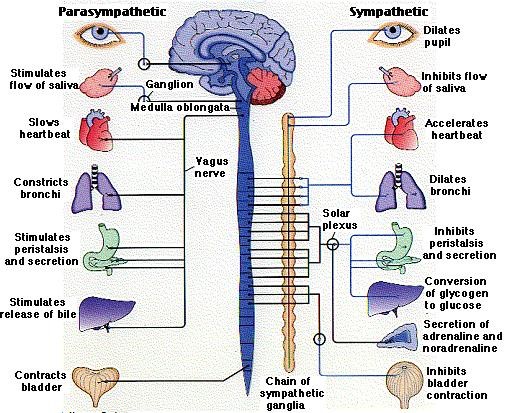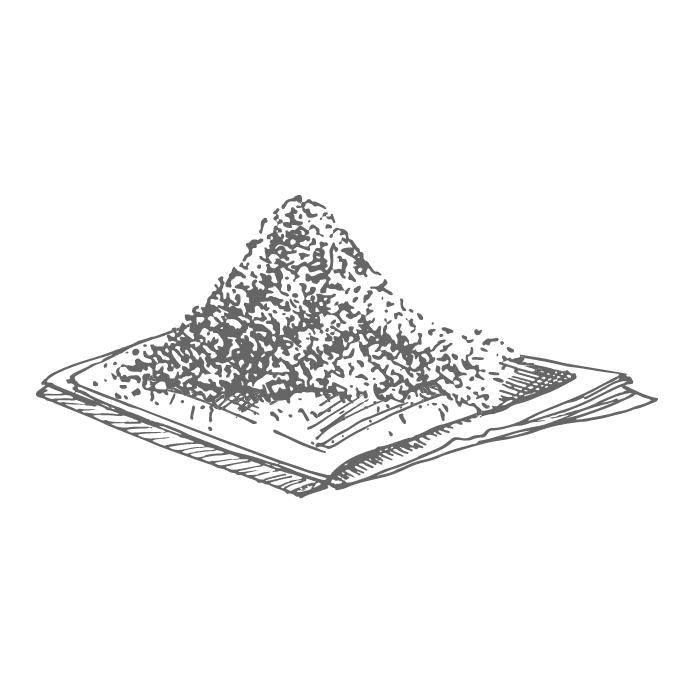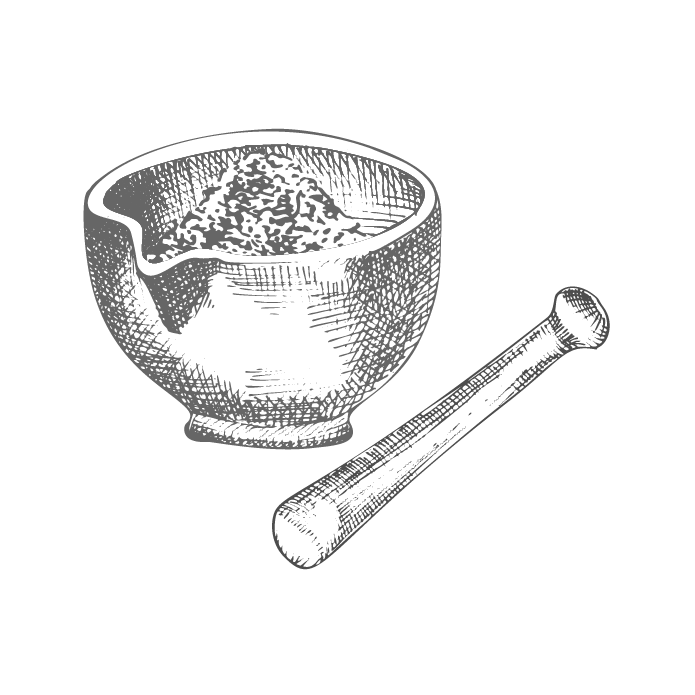
THE VAGAL NERVE
The Vagus nerve, also called the X cranial nerve or the 10th cranial nerve, is the longest and most complex of the cranial nerves.
The Vagus nerve runs from the brain through the face and thorax to the abdomen. It is a mixed nerve that contains parasympathetic fibres and sympathetic fibres. By stimulating the vagus nerve, we can enhance our health, decrease stress, anxiety, digestive issues, reduce inflammation in our bodies and enhance our sleep.
FUNCTIONS OF THE VAGUS NERVE
- Rapidly turn off the stress, hyper-arousal, and fight/flight via the relaxation response.
- Sharpen our memories.
- Fight inflammatory disease.
- Help you resist high blood pressure.
- Block the hormone cortisol and other oxidizing agents that age and deteriorate the brain
and body - Block systemic (body-wide) inflammation – a major factor behind aging and poor health.
- Help us overcome depression and anxiety.
- Help us sleep better.
- Raise levels of human growth hormone.
- Help us overcome insulin resistance.
- Turn down allergic responses.
- Lower chances of getting stress and tension headaches.
- Help spare and grow our mitochondria- this is a key to maintaining optimal energy levels and
not harming our DNA and RNA. - Affect our overall ability to live longer, healthier, and more energetic lives.
WHY FOCUS ON THE VAGUS NERVE?
The vagus nerve has become a huge focus in recent years and you can see why. By focusing on different exercises – we can actually assist the function of the vagus nerve, decrease stress, anxiety, reduce inflammation, improve digestion and sleep. The vagus nerve is a major nerve and can dramatically impact our health. By sti,mulating this nerve, we can actually revitalzie outr overall health, increase our immune system, improve mental focus and work holistically with our body to enhance our health and wellbeing.
How Can I Activate the Vagus Nerve on My Own?
Vagus nerve stimulation can be turned on easily though a number of breathing and relaxation techniques:
- Deep/slow belly breathing.
- ‘OM’ Chanting
- Cold water face immersion after exercise
- Filling the mouth with saliva and submerging your tongue to trigger a hyper-relaxing vagal response.
- Loud gargling with water
- Loud singing
To practice deep breathing, inhale through your nose and exhale through your mouth.
Remember to:
- Breathe more slowly.
- Breathe more deeply, from the belly.
- Exhale longer than you inhale.
You can proceed as follows: take a deep inhalation into your belly (i.e. expanding your diaphragm) to the count of five, pause, and then exhale slowly through a small hole in your mouth. While at rest most people take about 10 to 14 breaths per minute. To get into a parasympathetic/ relaxation/healing mode it is ideal to reduce your breath to 5 to 7 times per minute. Exhaling through your mouth instead of nose makes your breathing more of a conscious process and helps you to observe your breath more easily.
My favourite breathing technique is to breath in for a count of 6 through the nose and out for 8 counts through the mouth. Do this 3 times, if you still feel stressed and anxious, and tight in the body – repeat for another 3.
As you reduce your breaths per minute and get into parasympathetic mode, your muscles will relax, dropping your worries and anxieties. The oxygen supply to your body’s cells increases and this helps to produce endorphins, the body’s feel-good hormones.
I breathe with my clients while in the clinic – I demonstrate the breath work and then we do it together. I get them to repeat the breathing technique in sets of 3.
What I notice – is that as soon as they begin to consciously breathe – the shoulders relax and drop, and then the rest of the body follows. After the 3 sets of breathing – there voice is calmer, lower and softer, the shoulders are more relaxed as is the jaw and face and quite often we can hear the stomach begin to gurgle (indicating that the parasympathetic system has been switched on).
This breathe work can be done at anytime. I often suggest writing on a sticky note and putting it in the car on the stearing wheel or sun visor – when stopped at the lights – BREATHE!
Holding Saliva In your mouth.
Holding saliva in your mouth and the tongue to the top of the roof of the mouth also helps to stimulate the nerve and decrease pain – this technique is also used in hypnosis. In has used in South America to promote a natural anesthethic response for some surgeries which enables people to recover much quicker – this is known as noesithearpy.
To increase concentration – hold your tongue to the roof of your mouth while working or studying.
How to chant?
Hold the vowel (o) part of the ‘OM’ for 5 seconds then continue into the consonant (m) part for the
next 10 seconds. Continue chanting for 10 minutes. Conclude with some deep breathing and end
with gratitude.
Written By Dr Julia Bartrop (TCM).
Dr Julia is available on Mondays, Wednesdays and Saturday’s @ Rebalance Chinese Medicine
962-964 Main Rd Eltham Vic 3095 ( located within Thompson’s Pharmacy at the bottom of the stairs).



